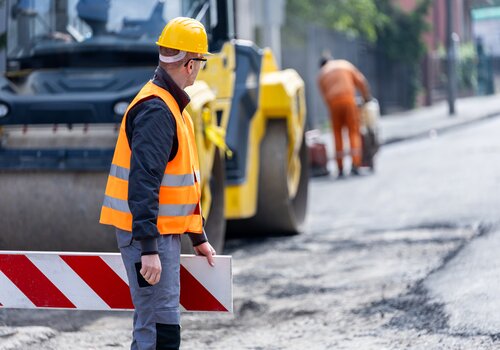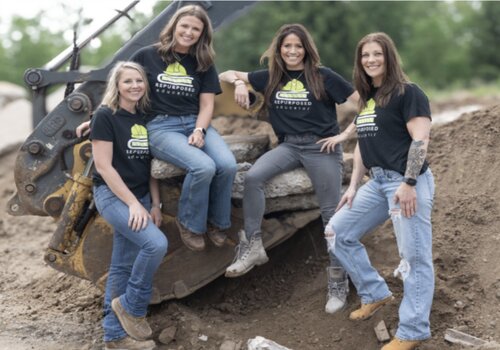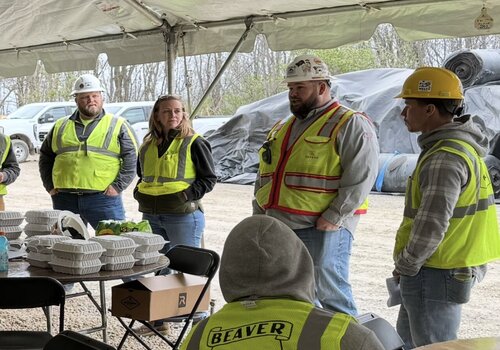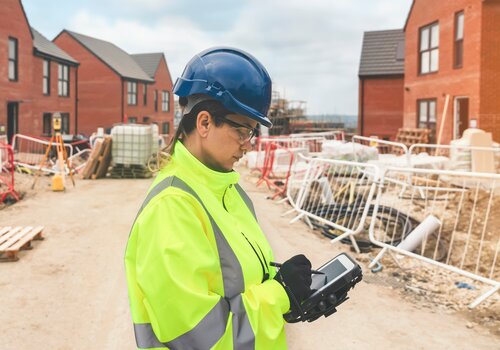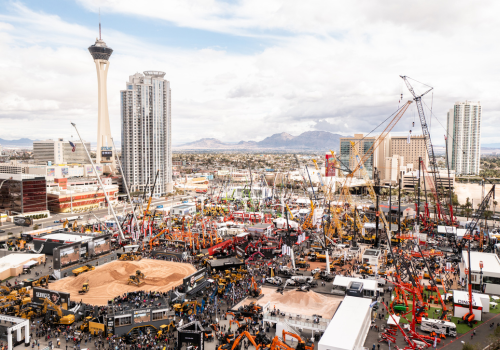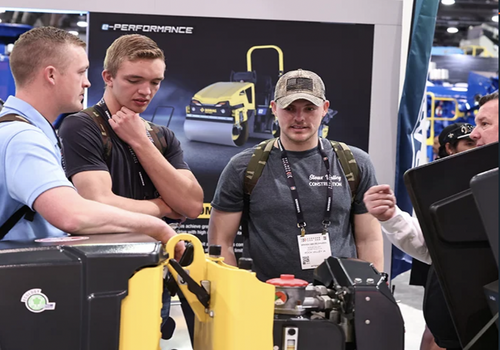You can’t control every driver passing through your work zone, but there are factors you can control like speed, separation and queues. Here’s what the most recent national and state data say about work-zone injuries and deaths, plus five field-tested steps contractors can use right now for safer work zones.
FATALITIES DIPPED SLIGHTLY—STILL FAR TOO HIGH
Nationally, work-zone fatalities fell from 903 in 2022 to about 899 in 2023 (the latest year data is available). That’s a modest improvement, but the absolute toll remains unacceptable. Note that about 30% of fatal work-zone crashes in 2022 involved commercial motor vehicles (CMVs)—a reminder that speed and heavy vehicles are a lethal mix around your crews.
The National Safety Council’s independent compilation shows 40,170 injured in 2023 in work-zone crashes.
On the labor side, BLS CFOI data show that in 2023, 60% of highway worker deaths at road construction sites involved a worker on foot struck by a vehicle (motorist or construction vehicle). That’s your biggest controllable hazard on the job if you know what changes to make.
BEST AND WORST STATES (BY COUNT) IN 2023
Raw counts aren’t “risk-adjusted” for population or vehicle miles traveled (VMT), but they do identify hotspots and zero-fatality successes contractors can learn from. State totals reflect fatalities of all road users in work zones (drivers, passengers, pedestrians, workers).
Highest fatality counts (2023):
- Texas — 189
- California — 97
- Florida — 64
- Arizona — 41
- Missouri — 39
These states also carry high traffic volumes and extensive construction programs, but the concentration still points to exposure you’ll want to plan around (CMVs, long queues, high approach speeds).
Lowest counts (2023):
- Alaska — 0
- North Dakota — 0
- Hawaii — 0
- Montana — 1
- Rhode Island — 1
- Vermont — 2
These are smaller, lower-VMT states, yes—but zero and near-zero are still targets worth studying for practices on lower-speed phasing, compact work windows and enforcement culture.
Rankings by raw count can mislead—big states will almost always look “worst.” If you’re bidding in Texas, California, Florida, Arizona, Missouri, Indiana, Michigan or Pennsylvania, treat the risk profile as elevated and budget safety counter measures accordingly.
WHAT CONTRACTORS CAN DO NOW
1) Manage speed—don’t just post it
Take advantage of automated speed enforcement (Speed Safety Cameras). FHWA’s 2023–2024 guidance and program resources show these systems reduce speeding and serious crashes in work zones where permitted by state law. Use them to protect fixed operations and long-duration closures. Pair with public notice and clear signage.
2) Separate people from traffic—physically
Use positive protection like temporary concrete barriers, movable barriers, truck-mounted attenuators/shadow vehicles and vehicle arresting systems. Federal rule (23 CFR 630.1108) calls for positive protection where workers lack an escape path at high speeds unless an engineering study says otherwise.
3) Get proactive with queues and CMVs
Add a queue warning system (QWS). DOTs report success using detectors and message boards to warn “stopped/slow traffic ahead,” cutting rear-ends at the back of queues—often where CMVs are involved. These can be low-cost if you leverage existing CMS assets.
4) Control internal flows—your own equipment is a risk
Internal Traffic Control Plans (ITCPs) should be a part of every highway work zone. NIOSH emphasizes ITCPs to separate on-foot workers from construction equipment and delivery trucks. Use spotters, set walkways, define backing zones and keep haul routes out of pedestrian paths.
5) Collision avoidance systems
Collision avoidance systems use sensors, cameras, AI and more to navigate job sites. There are two components to these systems: alerting drivers of potential danger and assisting drivers in avoiding collisions. Since the top two causes of collisions are speed and distractions, this technology is increasingly helpful at both preventing collisions and reducing injury to those involved if a collision is unavoidable.
Make your next shift safer—brief your crew and share these quick guides to increase highway work zone safety for everyone: Make Road Safety a Year-Round Habit and Help Us Get Home Safe.
Photo credit: SHUTTERSTOCK/ZOFF

